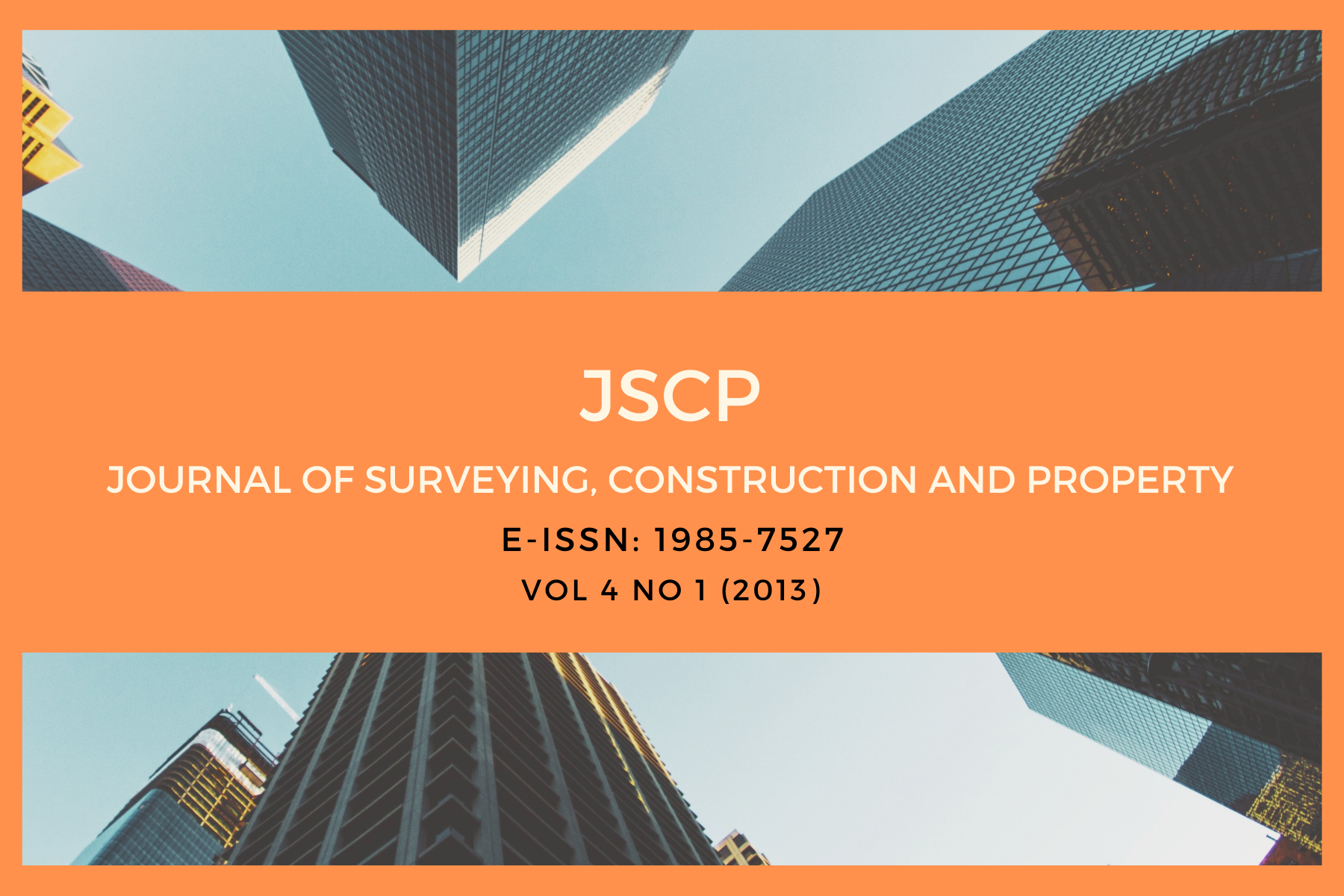Appreciating Built Heritage through Urban Sensory Elements
Main Article Content
Abstract
Many heritage cities have been turned into tourism cities. With the influx in the number of foreign tourists together with the number of locals, mobility within these cities has become a challenging issue to be dealt by the city managers. Taking into cognizance the global warming and climate change, the most appropriate mode of transportation that considers these issues and simultaneously appreciates the urban aesthetics and heritage tourism products in a heritage city needs to be identified. Therefore, this study seeks to identify the most appropriate mode of transportation that incorporates carbon footprint mitigation, urban sensory elements and tourists' satisfactions components. Data were collected through participant observation were analyzed. Geographic information systems (GIS) application is used to analyze the study area spatially. The findings demonstrate that walking is the most appropriate as it is able to satisfy tourists in appreciating urban sensory elements and simultaneously mitigate carbon footprint. The study concludes that in order to sustain heritage cities and handling global warming issues simultaneously, future development in these cities should be strictly controlled and monitored and the use non motorized vehicles such as bicycles and trishaws other than walking should be promoted within these cities.
Downloads
Article Details
COPYRIGHT. All rights reserved. No part of this journal may be reproduced, copied or transmitted, in any form or by any means, electronic, mechanical, photocopying, and recording or otherwise without proper written permission from the publisher. Any opinion expressed in the articles are those of the authors and do not reflect that of the University of Malaya, 50603 Kuala Lumpur, Malaysia
